Droughts. More severe and unpredictable storms. A decline in polar bears. You no doubt have heard about these and other effects of climate change.
But a rapidly warming world means many other impacts, both large and small. A changing climate will likely change your health, your sports and even what you drink.
For Earth Week, we look at some of the unexpected potential effects of climate change, for both people and wildlife.
-
Worse Allergies

Pollen from a variety of common plants magnified some x500. Photo © Dartmouth College Electron Microscope Facility on Wikimedia through a Creative Commons license A report published by the Union of Concerned Scientists suggests that climate changes acts like “Miracle-Gro for weeds.” With a longer growing season and more favorable growing conditions, many pollen-producing weeds will thrive.
Weed ecologist Lewis Ziska projects this impact by looking at how weeds fare in cities, where temperatures are already higher. He found that when spring comes earlier, so does the pollen season. But he also found another striking result: mega-weeds.
As the Union of Concerned Scientists reports, Ziska found that “weeds that grew five and six feet tall in the country had counterparts in the city that were 10 and 20 feet tall. Ragweed, specifically, grew faster, flowered earlier, and produced significantly greater pollen.”
Break out the tissues.
-
More Ticks and More Lyme Disease
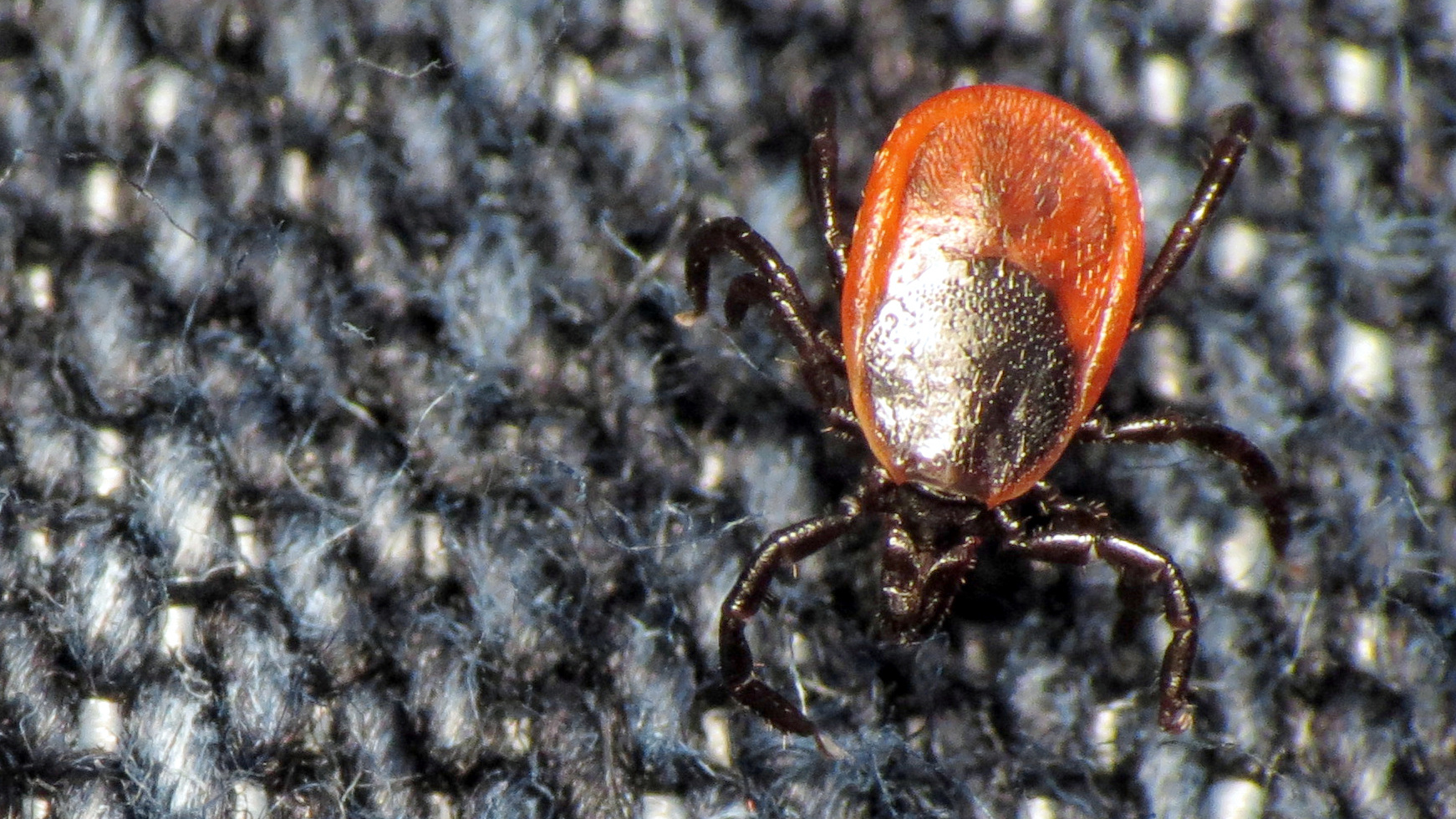
Deer tick or blacklegged tick (Ixodes scapularis). Photo © Jenn Forman Orth / Flickr through a Creative Commons license Lyme disease has expanded dramatically over the past 15 years, but scientists argue over why that might be. The disease, carried by deer ticks, was once assumed to be a result of over-abundant white-tailed deer. More recent studies suggest that a decline in predators that eat white-footed deer mice – a prime host for deer ticks – may be fueling the disease’s spread.
But climate change isn’t off the hook. A study examining climate change and tick reproduction found that “warmer temperatures increased tick reproduction two to five times in Canada and up to twice as much in the United States compared to variations in other factors such as strains, geography, host densities and epidemics,” as reported in Scientific American.
More ticks mean more Lyme disease. And it appears that a warming climate could create tick paradise.
-
More Diarrhea
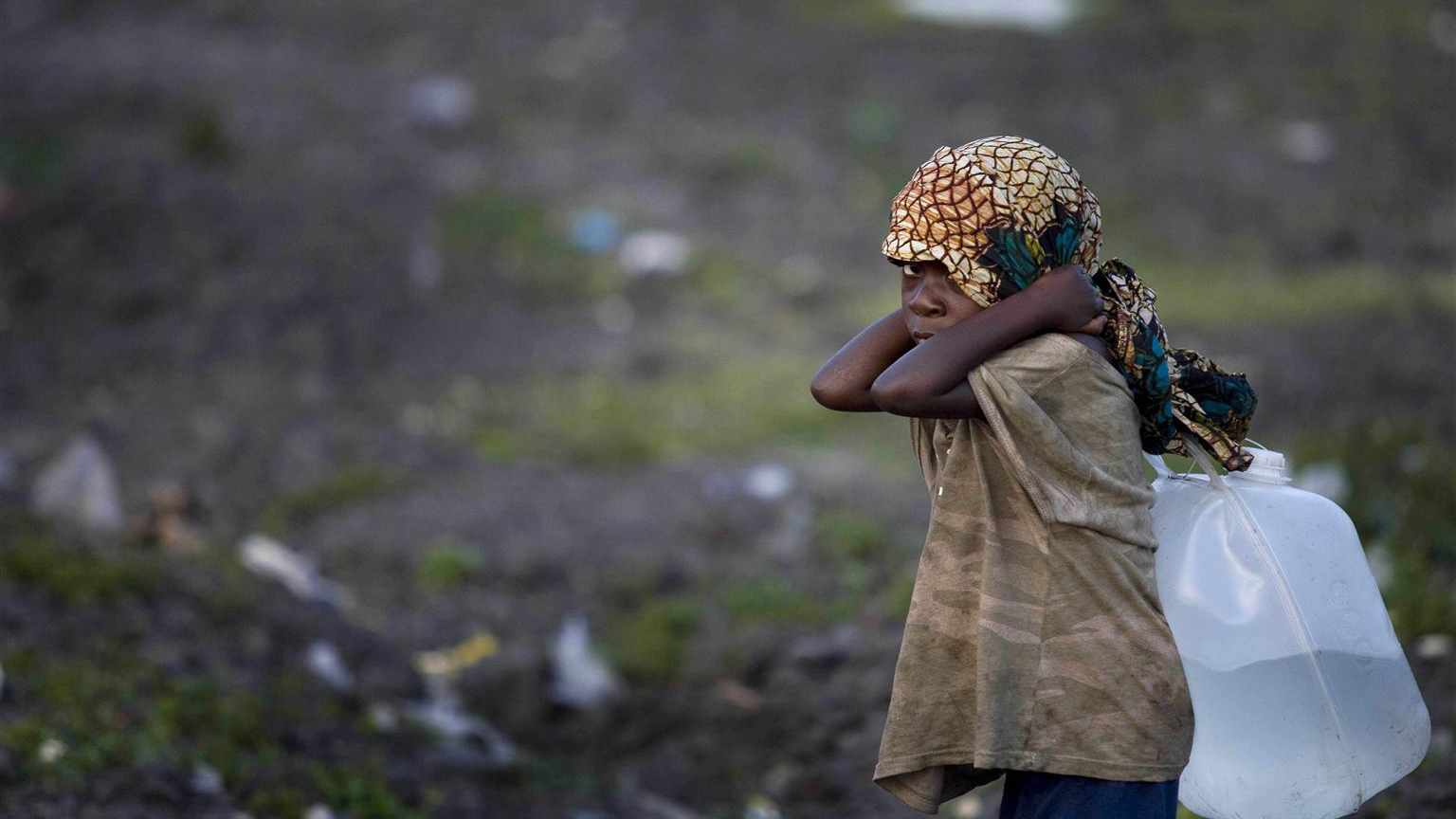
A boy carries a container of safe water. Photo © UNICEF/UNI5946/Holt This is no laughing matter, and is undoubtedly the most horrifying item on the list. Millions of people are afflicted with diarrhea around the world, and for many infants it can lead to more severe illness or even death.
In many countries without regular access to clean water, the rates of E. coli-caused diarrhea spike in the summertime. New research published in the Journal of Infectious Diseases found that, across 15 studies in 18 countries, E. coli-caused diarrhea increased by 8 percent for every 1 degree Celsius rise in temperature.
The researchers project that Bangladesh alone could see 800,000 more cases of diarrhea by 2035.
-
Fewer Belgian Beers

Cantillon Brewery in Brussels, Belgium. Photo © Morten F / Flickr through a Creative Commons license Among beer geeks, there’s nothing quite like the complexity and tastiness of a good Belgian ale. Some of the most notable brews are spontaneously fermented and require specific conditions for micoorganisms to do their work. And now climate change threatens this centuries-old brewing tradition.
Last year, Cantillon – considered by many craft beer aficionados to be one of the world’s great breweries – was forced to stop its annual production of spontaneously fermented lambics due to climate change. Cantillon’s brewers leave their brew exposed to the October air to be exposed to wild yeasts. That requires cool temperatures. Last fall, the nighttime temperatures in October were too warm to allow this. According to The Independent, brewer Jean Van Roy now fears for the brewery’s future.
-
Shrinking Bison
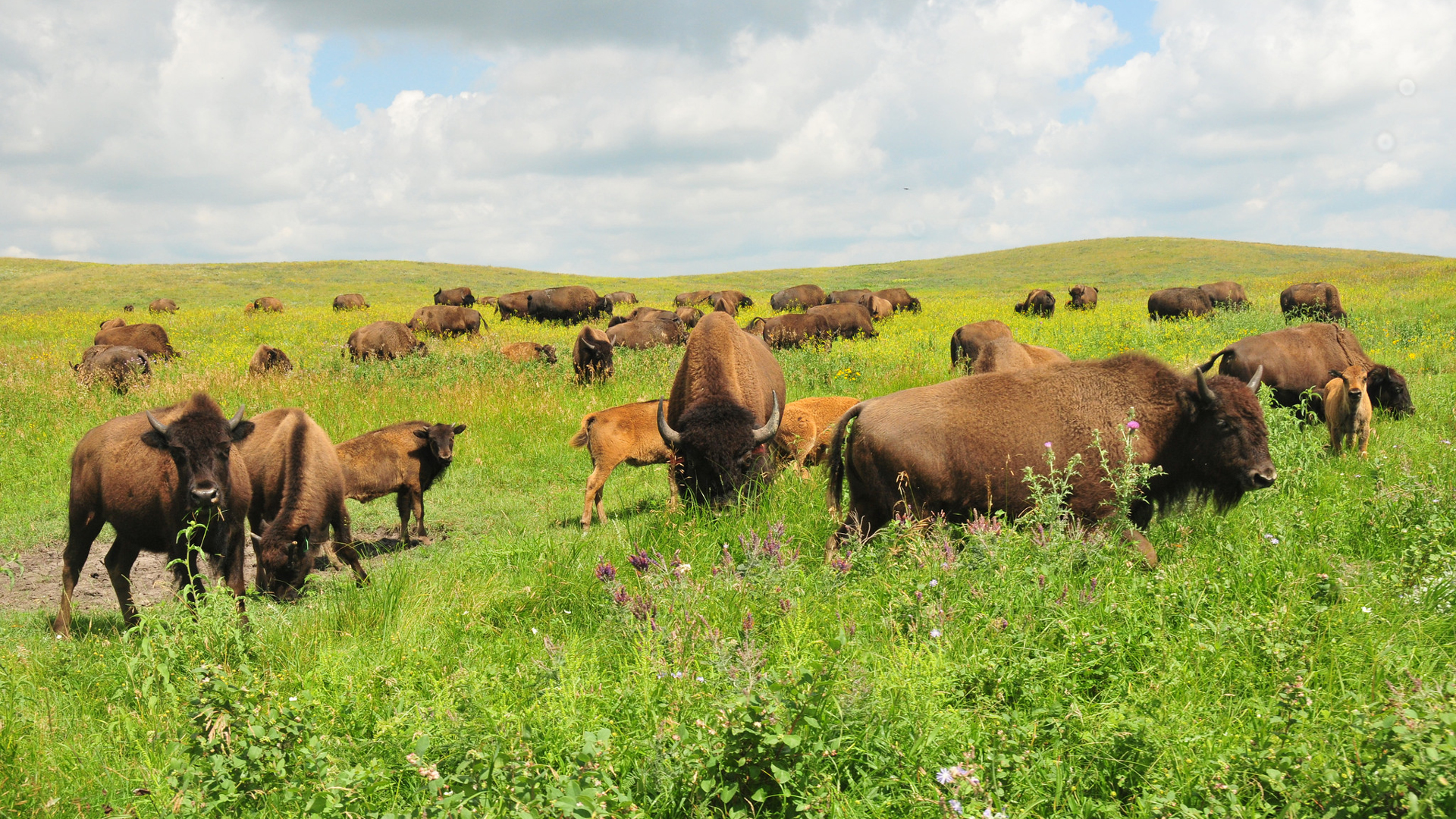
Bison graze on Ordway Prairie, owned and managed by the Nature Conservancy. The site has a USFWS grassland easement protecting it in perpetuity. Photo © USFWS Mountain-Prairie/Flickr As grasslands warm, grasses and other plants accumulate less protein. Bison are then forced to eat plants that are less nutritious. And that means bison are likely to shrink. Joseph Craine and other researchers have been documenting bison diets on Conservancy preserves and other areas of the Great Plains.
In a recent paper, they found that bison in more northerly climes weighed on average more than 500 pounds more than herds in the south. As grasslands become less nutritious, could bison shrink across their range? It seems a distinct possibility without management intervention.
-
Wolverines Without Dens
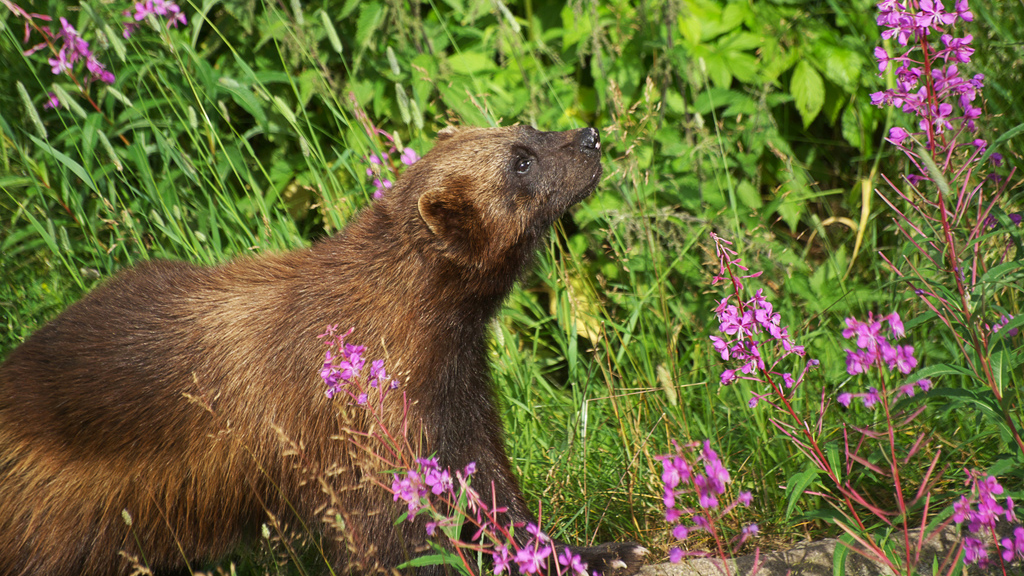
Wolverine (Gulo gulo). Photo © rmho / Flickr through a Creative Commons license The wolverine is has the reputation as nature’s badass, able to thrive on high mountains in blizzards that send other mammals scurrying to the valleys. And this reputation is deserved; in fact, wolverines desperately need deep snow.
Each spring, wolverines raise their young in dens dug in deep snow – providing warmth and protection from predators. Climate change predictions for the contiguous United States – where the wolverine population is between 250 to 300 individuals – suggest that suitable den sites will be difficult for wolverines to find.
Last week, a federal judge ordered the U.S. Fish and Wildlife Service to “act now” to address threats to wolverines faced by a warming planet.
-
A Longer But More Unpleasant Golf Season
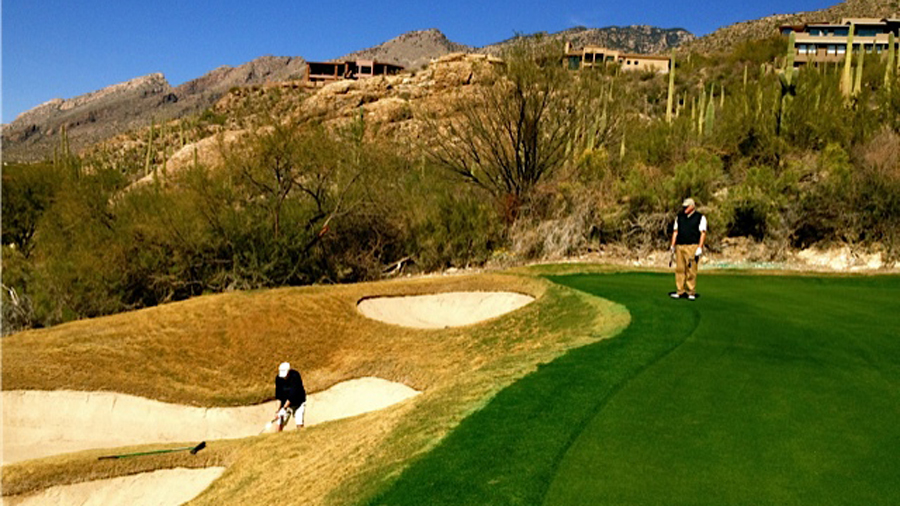
Big sand trap. Photo © Jerry Lewis / Flickr through a Creative Commons license A number of studies have found that climate change will increase the number of “playable days” that golfers can enjoy their sport. But there’s a catch. Golf, of course, requires grass. And that grass can be imperiled by the double whammy of intense storms and drought conditions, both symptoms of climate change. Some famous greens have recently been rendered unplayable in major tournaments due to these conditions.
The U.S. Golf Association recognizes this threat; according to Scientific American, the organization has invested approximately $35 million since the mid-80s for more resilient turf grass.
-
Trout Take Refuge
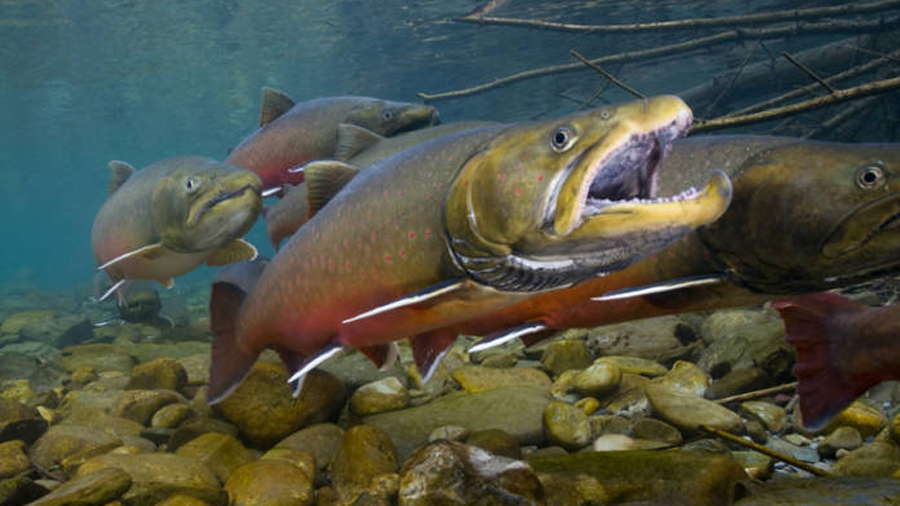
Bull trout in British Columbia’s Wigwam River drainage, the headwaters of the Kootenai River. Photo © Joel Sartore/ National Geographic & Wade Fredenberg/ USFWS on Flickr through a Creative Commons license Most trout species need clear, cold water, making them especially vulnerable to rising water temperatures. A recent study offers a rare bit of good news on this front, as Trout Unlimited’s Jack Williams wrote last week.
The study found that forested mountain headwater streams do not warm as quickly as previously thought. From 1968 to 2011, Northwest headwater streams only warmed half as much the air temperature. As such, headwater streams will be vital refuges for native species like cutthroat and bull trout.
As with most issues around climate change, even good news can take a gloomy turn. As Williams notes in his blog, the study did not take into account the increased threat of fires that can imperil these headwater streams. Such fires, for instance, wiped out several Gila trout populations in New Mexico recently.
But headwater streams remain a source of hope for trout conservationists – and another reason for all of us to protect and cherish our public lands.
-
King Crabs Take Antarctica
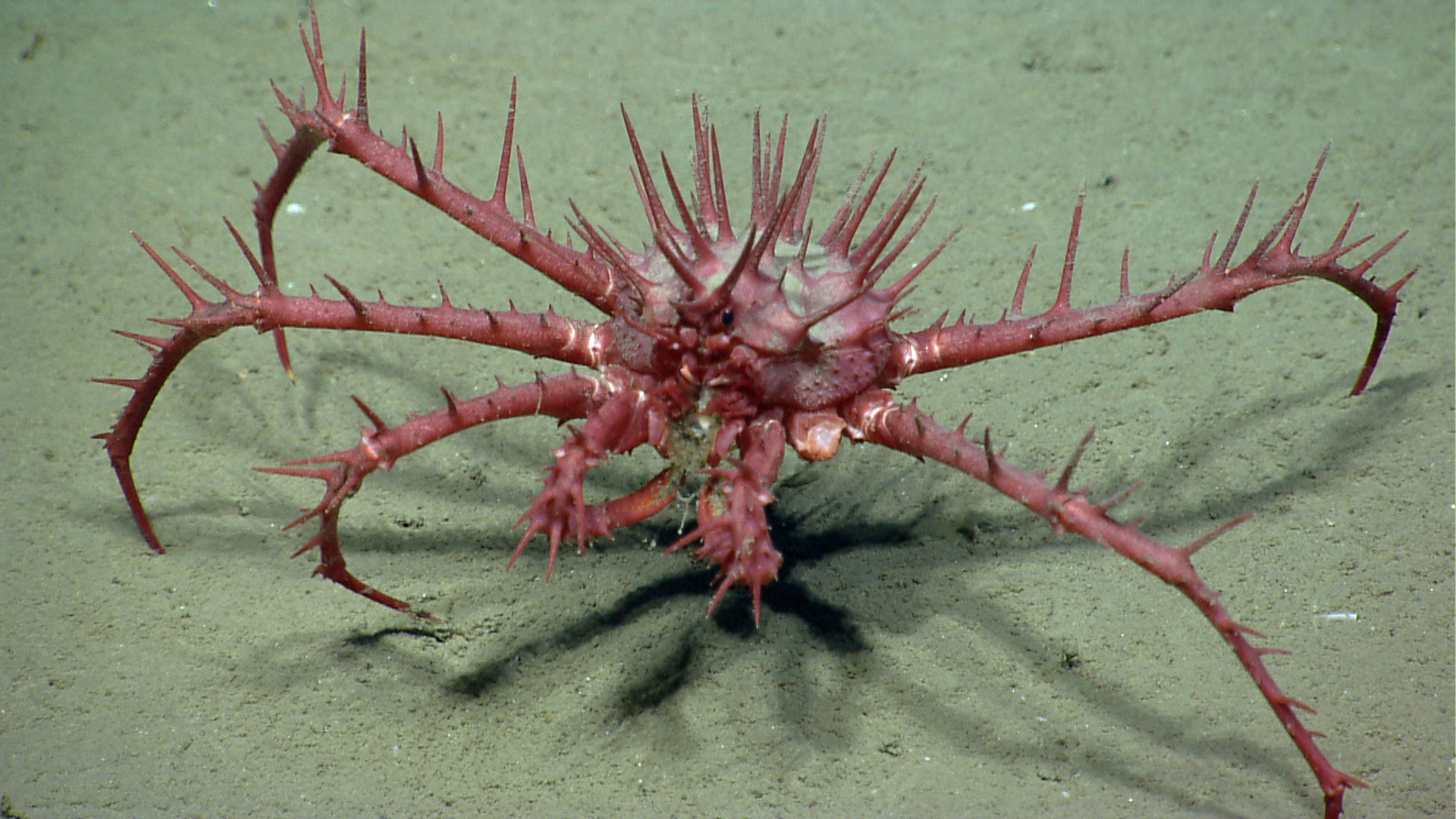
A king crab explores the soft sediment. Image courtesy of NOAA Okeanos Explorer Program, 2013 Northeast U.S. Canyons Expedition. The king crab is truly a global citizen, inhabiting all the world’s sea floors except Antarctica. Until now, that is. Researchers have documented for the first time king crabs on the slopes of Antarctica’s continental shelf.
They can’t inhabit the shelf itself due to cold water temperatures. But, to repeat a familiar refrain, the waters are warming. If they warm much more, king crabs could expand. And what will they find? An ecosystem that has not faced a shell-crushing predator for millions of years. And the king crabs could attract even larger predators, upsetting the balance of Antarctica’s biodiversity.
Antarctica’s continental shelf has been isolated for a very, very long time, which means it is unique among marine habitats. Warming waters, and an invasion of king crabs, could turn this special habitat into a place just like everyplace else.
-
Some Orchids Win and Some Lose
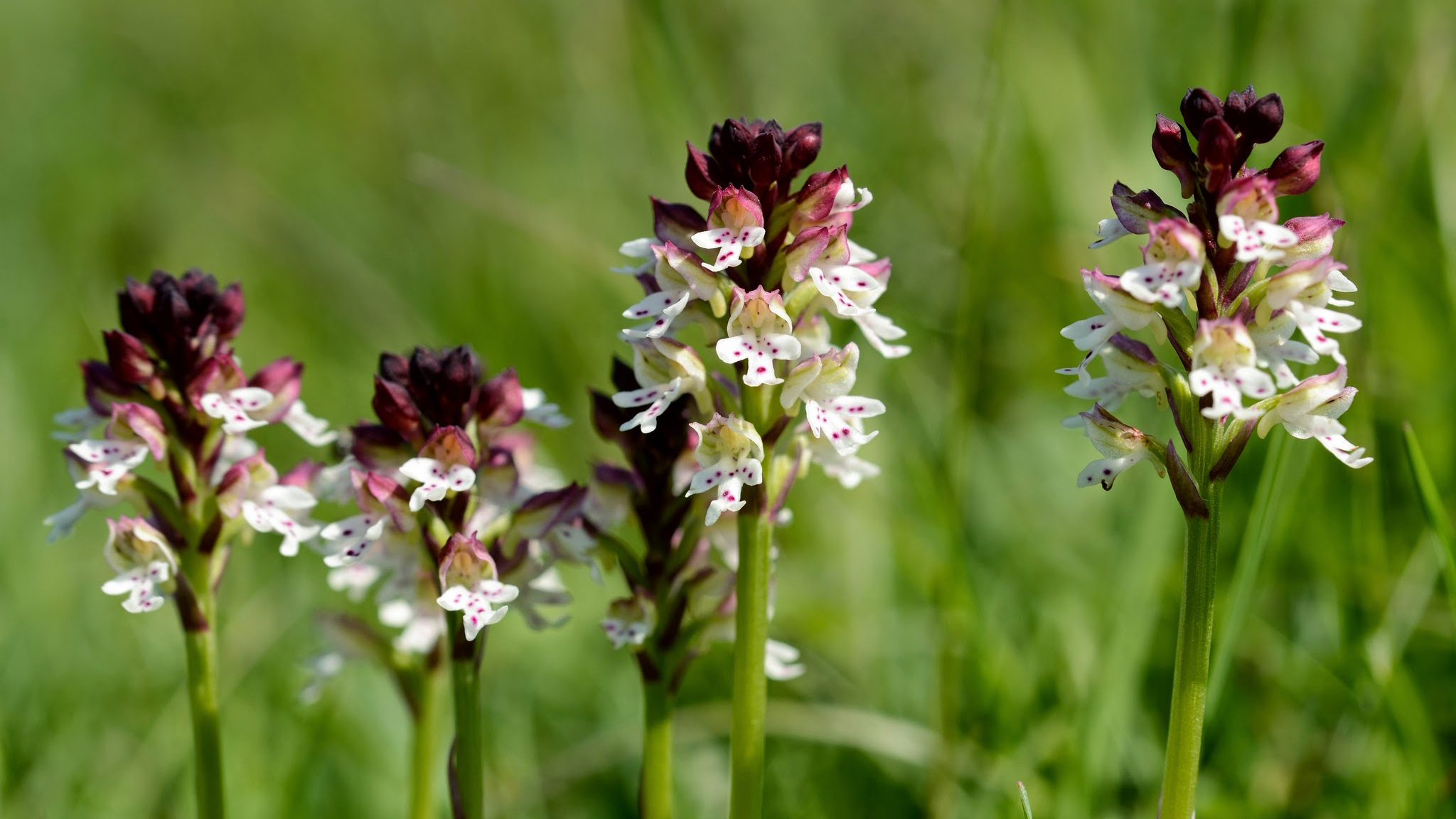
Burnt orchid (Neotinea ustulata) at Mount Caburn. Photo © Keith Wilson / Flickr through a Creative Commons license As anyone who has ever attempted to grow orchids knows, these plants require highly specific conditions to thrive. The same is true for wild orchids. So what happens when those conditions change? Researchers have launched Orchid Observers to find out.
They expect that, as with many plants and animals, a changing climate will mean that some orchids win and some lose. As Lisa Feldkamp recently wrote, the fact that people go crazy for orchids can help researchers determine what’s actually happening. Citizen scientists record their observations – one of the key ways we all can help track this and other potential disturbances brought on by a changing climate.
Take the pledge to stand with TNC in calling on world leaders to make meaningful strides towards cutting carbon emissions.
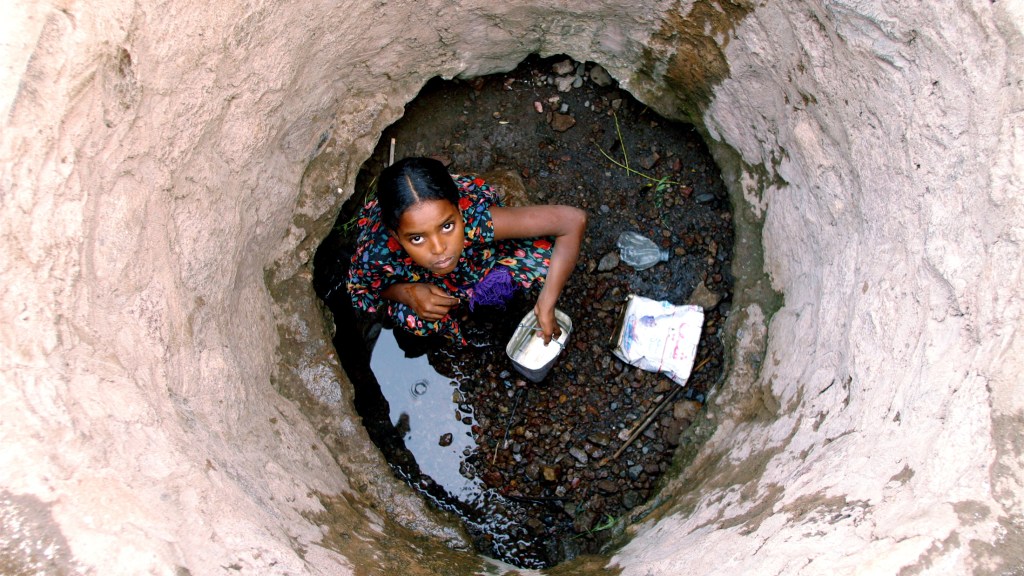


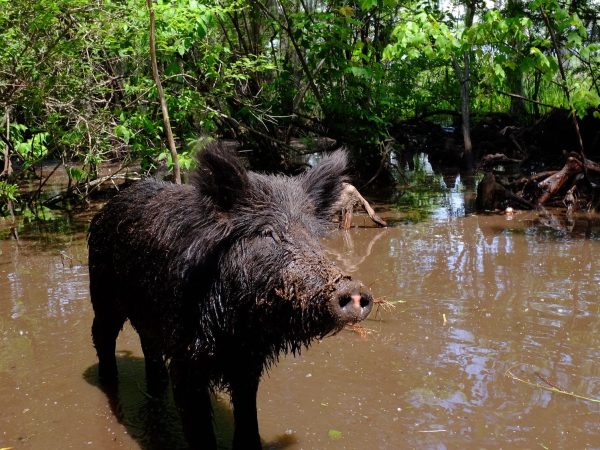
En el caso de mi region el aumento de temperatura disminuyo los mantos acuiferos y la desparicion de especies de animales como la rana, el ajolote, el camaron de rio, la carpa y toda especie acuatica, debido a la extracción indiscriminada del agua en la industria refresquera
Interesting piece, Matt!